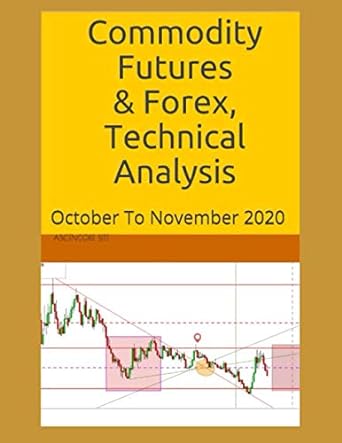Question
In this chapter, we examined nine stock valuation procedures: Zero-growth DVM Constant-growth DVM Variable-growth DVM Free cash flow to equity approach Expected return (IRR) approach
In this chapter, we examined nine stock valuation procedures:
Zero-growth DVM
Constant-growth DVM
Variable-growth DVM
Free cash flow to equity approach
Expected return (IRR) approach
P/E approach
Price-to-cash-flow ratio
Price-to-sales ratio
Price-to-book-value ratio
Which one (or more) of these procedures would be appropriate when valuing:
A growth stock that pays little or nothing in dividends?
The S&P 500?
A relatively new company that has only a brief history of earnings?
A large, mature, dividend-paying company?
A preferred stock that pays a fixed dividend?
A company that has a large amount of depreciation and amortization?
Of the nine procedures listed previously, which three do you think are the best? Explain.
If you had to choose just one procedure to use in practice, which would it be? Explain. (Note: Confine your selection to the preceding list.)
Step by Step Solution
There are 3 Steps involved in it
Step: 1

Get Instant Access to Expert-Tailored Solutions
See step-by-step solutions with expert insights and AI powered tools for academic success
Step: 2

Step: 3

Ace Your Homework with AI
Get the answers you need in no time with our AI-driven, step-by-step assistance
Get Started


